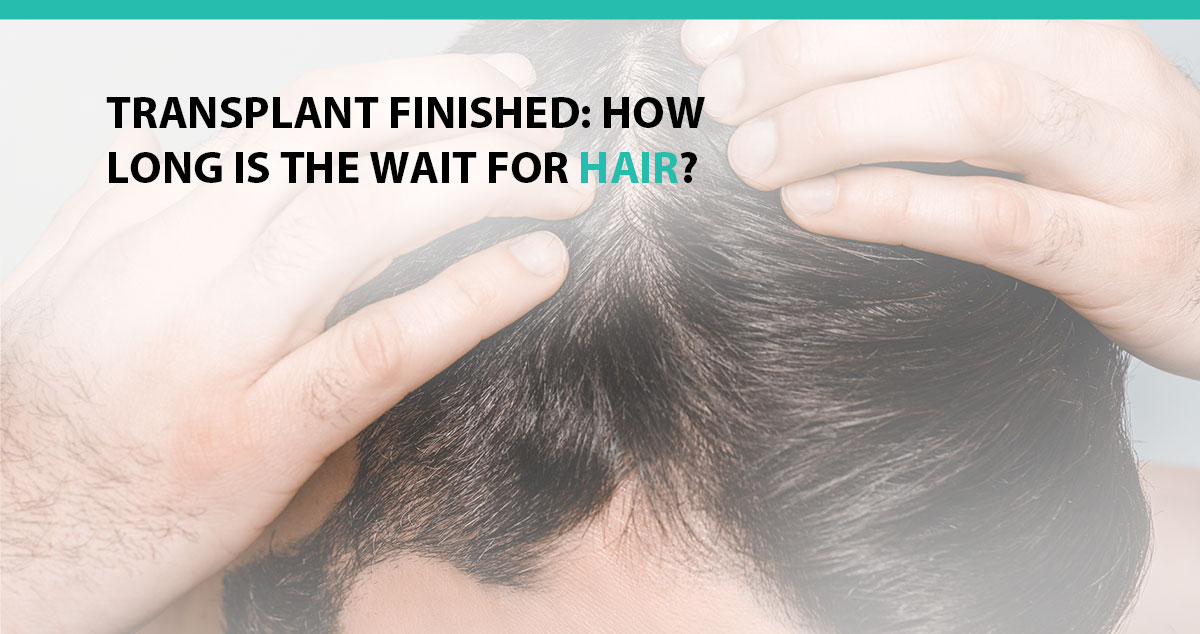
Losing your hair is a frustrating experience that millions of men and women face worldwide. According to the American Hair Loss Association, about 66% of American men begin to experience some form of hair loss by age 32. For others, hair thinning starts as early as 21.
Hair loss isn’t just a “man’s problem” either; women also deal with thinning hair, though at different rates and patterns. If you’re experiencing this, you’ve probably come across countless hair growth products promising to give you a full head of hair.
But here’s the reality: While some products might help, they often fail to deliver long-term, natural-looking results. That’s where hair transplantation comes in as one of the most effective and reliable solutions for restoring your hair.
But like a mystery novel that makes us want to skip to the last page to find out whodunnit, we might be anxious to know the answer to these questions: How long will it take to see some results? Or finished results? Here’s a quick review of the procedure, and then we’ll find out those answers.
How It All Works
The idea of moving hair from one part of the scalp to another has been around since the 1950s, but thankfully, techniques have drastically improved. Today, there are two main types of hair transplant procedures: Follicular Unit Transfer (FUT) and Follicular Unit Extraction (FUE).
Follicular Unit Transfer (FUT): This method involves removing a thin strip from the back or sides of your head. The strip is then divided into tiny grafts, each containing a few hairs. These grafts are then inserted into the balding area. This is the preferred method of skilled professionals, as the results can show quicker in the right hands.
Follicular Unit Extraction (FUE): FUE is a more recent approach where individual hair follicles are extracted directly from your scalp using a tiny punch tool. These follicles are then transplanted to the balding area. It is the preferred method of medical offices seeking a high volume of patients coming through the door for what is mass-marketed as a better treatment.
What to Expect After Surgery
After your hair transplant, the real work begins—waiting for your hair to grow! The process unfolds over several months, and the growth stages are reasonably predictable.
Stage 1: Shedding (Weeks 1-4)
It might surprise you, but the first stage of hair “growth” is actually hair shedding. This happens because the transplanted follicles go into shock after being moved, and they let go of the hair they were holding onto. While it might seem alarming, this is completely normal and expected. It’s known as “telogen effluvium,” and it’s the first sign that your scalp is adjusting to the new follicles.
This stage can last up to four months, depending on your hair growth rate. You may also experience mild discomfort, itching, or swelling, but don’t panic—this is all part of the healing process.
Stage 2: New Growth (Months 2-5)
Once the shedding phase passes, your hair follicles enter a brief resting phase before starting to grow new hair. This is known as the anagen phase. The hair that first sprouts is typically very fine and light, often resembling baby hair. Don’t worry; this will change over time. At this point, the donor areas (where the follicles were taken from) will also be healing nicely.
Stage 3: Consistent Growth (Months 5-7)
By now, you should start noticing more consistent hair growth. The thin, baby-like hairs from stage 2 will gradually be replaced by thicker, more visible hair. You’ll really begin to see a difference. Around this time, your hair specialist will likely evaluate your progress and may recommend any additional treatments or touch-ups if necessary.
Stage 4: Remarkable Progress (Months 7-10)
At this point, your hair will be significantly thicker, and the structure of your hair will begin to resemble what you had before hair loss started. If you’ve followed post-procedure instructions carefully and your scalp has healed well, this is when you’ll feel much more confident about your results.
Stage 5: Final Results (Months 10-12 and Beyond)
By the 10-12 month mark, you’ll reach the maturation stage, where the transplanted hair achieves full growth. At this point, you should have a solid idea of how successful the procedure has been. For some people, this stage may take up to 18 months to see the final results, especially if their hair grows slowly. But by the end of the first year, you should have a fuller, more natural-looking head of hair. As always, results may vary.
Present and Future
Here is a relatively recent innovation, plus one to keep our eyes on down the road:
- Platelet-Rich Plasma (PRP) Therapy: PRP, which involves injecting your own blood platelets into your scalp to stimulate hair growth, has been around for a while but is now being combined with hair transplants to boost results. Many clinics recommend PRP as a complementary treatment to help speed up hair growth post-surgery.
- Stem Cell Therapy: While still in the experimental phase, stem cell-based treatments are being researched for their potential to stimulate hair growth without the need for follicle transplantation. Early studies are promising, but it’s not yet a widely available option and is likely many years away from approval.
Remember
While hair transplants can offer dramatic, long-lasting results, it’s essential to go in with realistic expectations and a healthy dose of patience. Hair restoration is a journey that takes time—about a year to appreciate the results fully. During your consultation, your medical professional will inform you if the results can be expected sooner.
If you’re ready to say goodbye to thinning hair and hello to a fuller look, schedule that consultation with a hair restoration professional, like Dr. Joseph Williams, to discuss your options and take the first step towards regaining your confidence and the head of hair you once knew!










